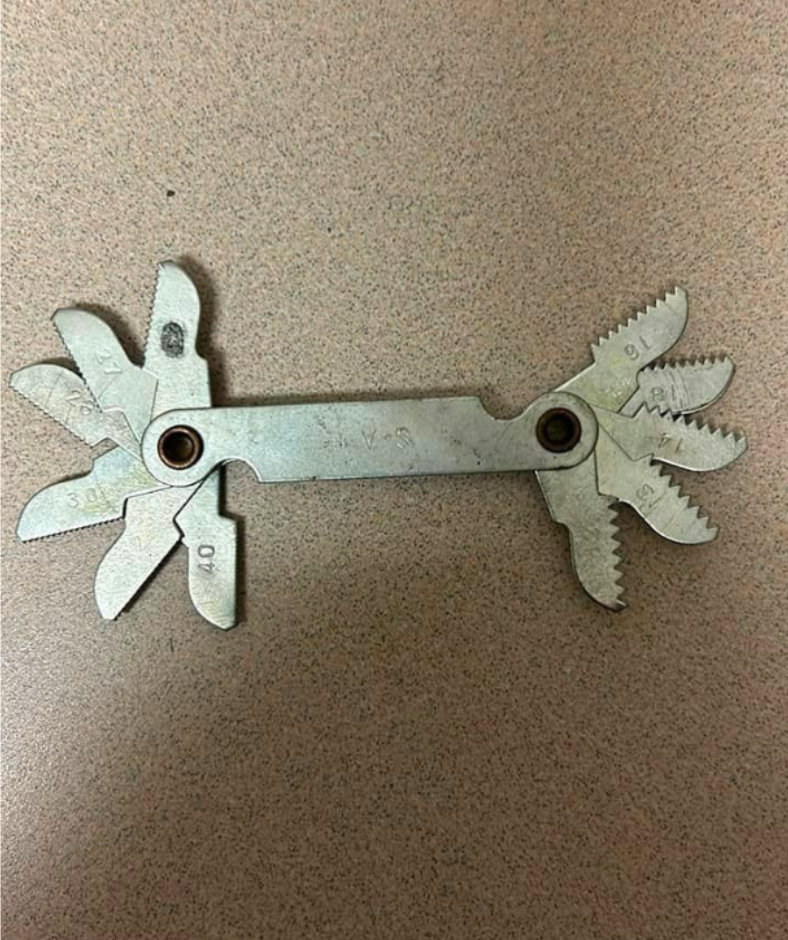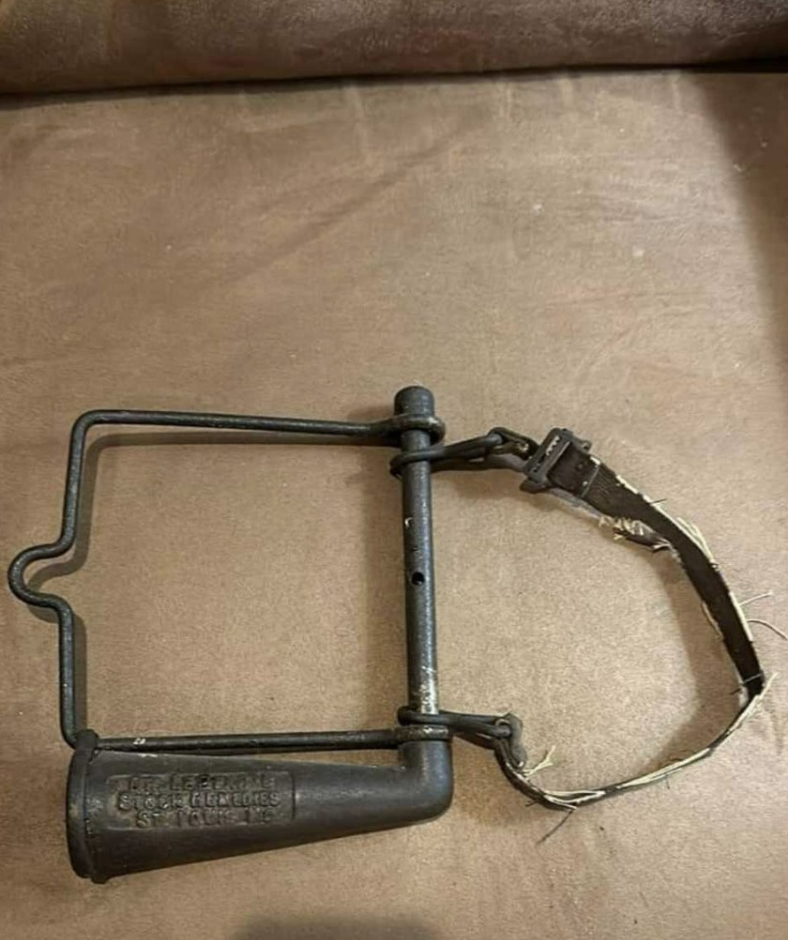The vintage rotating pastry biscuit cutter circle maker is a beloved kitchen tool that has graced bakeries and home kitchens for generations. With its simple yet effective design, this charming gadget allows bakers to create uniform biscuits, cookies, and pastries with ease. From its historical roots to its lasting appeal, this article explores why the rotating pastry cutter remains a staple in the art of baking.
A Brief History of the Rotating Pastry Biscuit Cutter Circle Maker
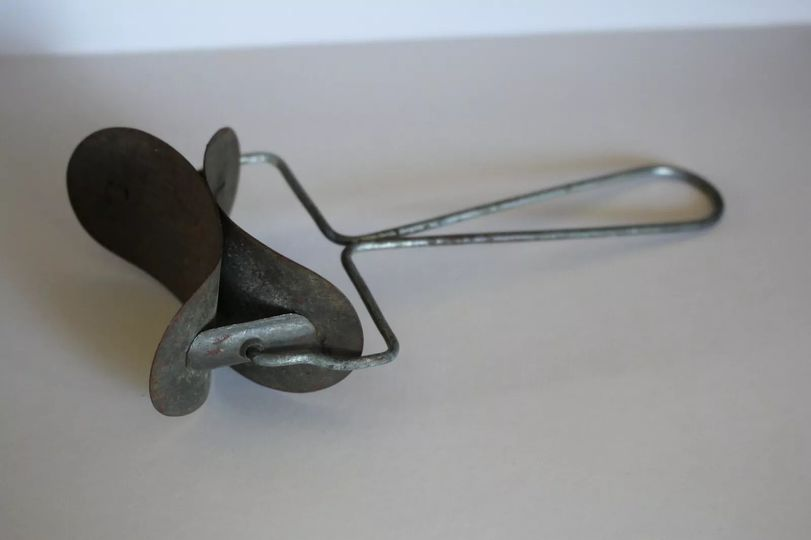
The rotating pastry cutter emerged in the late 19th and early 20th centuries, during a time when home baking was becoming a cherished pastime. As bakers sought to improve the quality and presentation of their baked goods, the demand for efficient kitchen tools grew. The rotating biscuit cutter, with its innovative design, quickly became popular for simplifying the process of cutting out perfectly round shapes from dough.
How the Rotating Cutter Revolutionized Baking
The rotating cutter featured a circular blade mounted on a handle, allowing bakers to slice through dough with a simple twist of the wrist. This design enabled a smooth, circular motion that made it easy to achieve consistent shapes, a task that was previously more labor-intensive. Bakers soon recognized the utility of this tool, making it a must-have for anyone looking to produce picture-perfect baked goods.
Using the Vintage Rotating Pastry Cutter in the Kitchen
The vintage rotating pastry cutter is primarily used for creating uniform biscuits, cookies, and pastry bases. Its easy-to-use design has helped generations of bakers cut down on preparation time while ensuring high-quality results. Let’s walk through the steps for using this delightful gadget:
Step 1: Prepare the Dough
Start by rolling out your dough on a lightly floured surface to the desired thickness. Whether you’re making biscuits, cookies, or pastry bases, ensure that the dough is even, as this will make it easier to achieve consistent cuts.
Step 2: Position and Cut
Hold the cutter by its handle and press it down into the dough. The rotating mechanism allows for a swift, smooth motion that cuts cleanly through the dough with minimal effort. This design makes it easy to achieve neat circles that are perfect for baking.
Step 3: Release and Repeat
After making each cut, lift the cutter to reveal a perfectly shaped dough circle. Repeat the process, spacing the cuts closely to maximize the dough. You’ll soon have a batch of ready-to-bake treats with minimal waste.
Versatile Applications Beyond Biscuits and Cookies
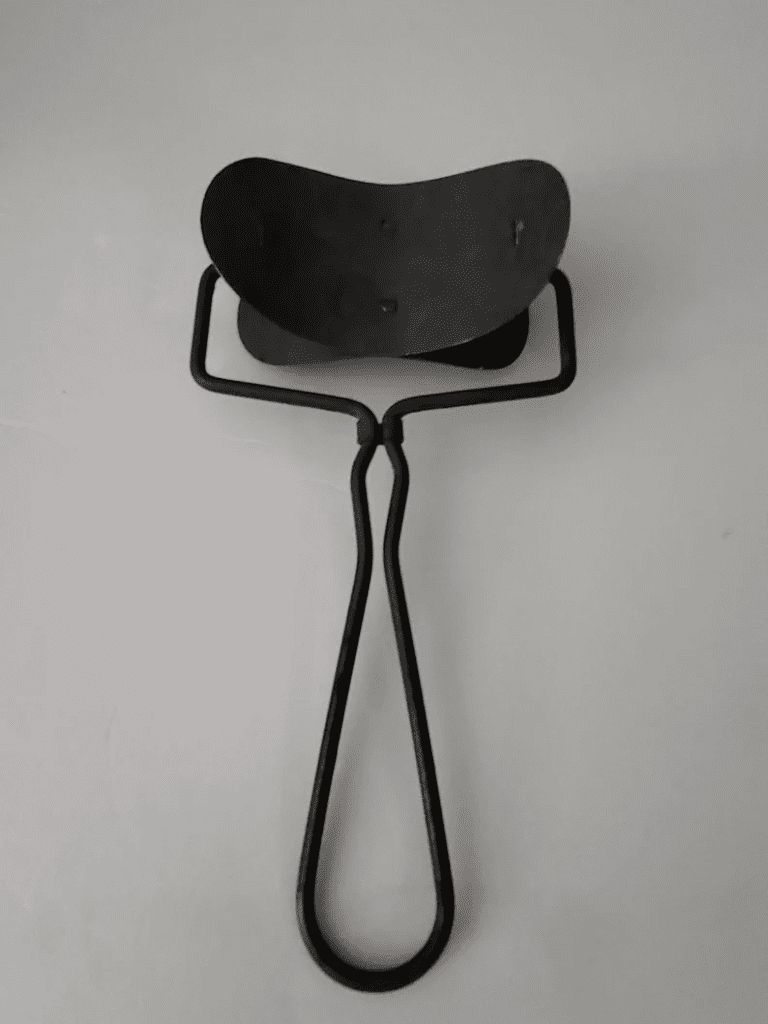
While the rotating cutter is ideal for biscuits and cookies, it’s also versatile enough for other baking projects. You can use it to cut dough for tart bases, mini pizzas, or even sandwich shapes. Its simplicity and effectiveness make it suitable for bakers of all experience levels, from beginners to seasoned professionals.
The Enduring Legacy of the Vintage Rotating Pastry Cutter
The vintage rotating pastry biscuit cutter circle maker has a legacy that extends beyond its functionality. For many, it evokes a sense of nostalgia, recalling fond memories of baking with family and creating treats from scratch. But beyond sentimentality, the cutter represents a dedication to craftsmanship and tradition that continues to resonate with bakers today.
Nostalgia and Tradition in the Kitchen
For those who grew up baking with family, the rotating cutter is a reminder of simpler times spent in warm kitchens, filled with the aroma of freshly baked goods. Its presence in the kitchen connects us to past generations, keeping alive the cherished rituals and recipes that make baking so special.
In an age of high-tech gadgets and mass-produced goods, the vintage cutter serves as a bridge to a time when baking was a hands-on, intimate process. Many bakers appreciate the cutter for the sense of tradition it brings to the kitchen, reminding them of the joy and creativity found in handmade treats.
An Emphasis on Craftsmanship
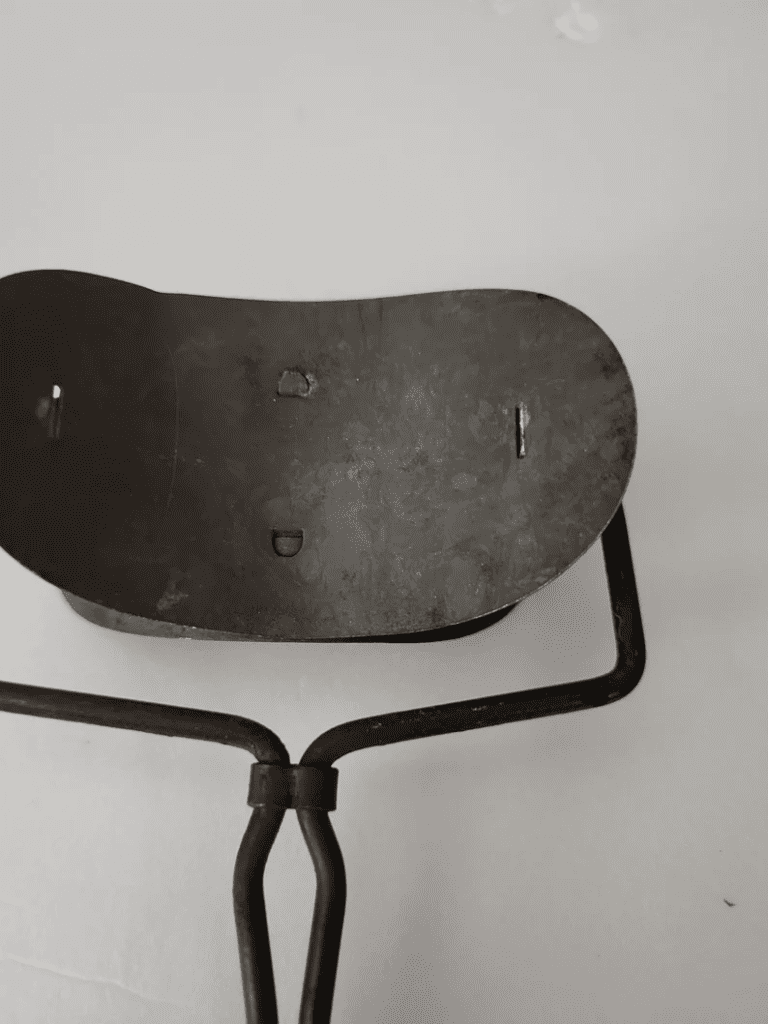
The rotating pastry cutter is a testament to the artistry of vintage kitchen tools. Made with durable materials like stainless steel and wood, it was designed to withstand years of use. This craftsmanship is evident in the cutter’s construction, which allows for precise cuts and reliable performance. Bakers who value authenticity and quality often gravitate toward vintage tools, appreciating the skill and attention to detail they represent.
A Collector’s Delight
As a classic piece of baking history, the rotating pastry cutter has become a sought-after collectible. Enthusiasts scour flea markets, antique shops, and online platforms to find these vintage gadgets, preserving them as mementos of a bygone era. For collectors, each cutter holds a story, a reminder of the days when baking was an essential part of everyday life.
Why the Vintage Cutter Remains Relevant in Modern Kitchens
While there are countless modern tools available for cutting dough, the vintage rotating pastry cutter remains a beloved kitchen staple for several reasons:
- Simplicity and Effectiveness: The rotating cutter’s design makes it easy to use, even for those who are new to baking. Its straightforward function requires no electricity or special skills, making it an accessible tool for bakers of all ages.
- Timeless Design: Unlike many contemporary gadgets, the vintage cutter has a classic design that blends form and function. Its sturdy construction ensures that it can be used for years without losing its effectiveness.
- Connection to Tradition: Using a vintage cutter adds a touch of tradition to modern baking. For those who appreciate the history and heritage of baking, the cutter serves as a reminder of the timeless joy of creating something by hand.
A Tool for All Ages and Experience Levels
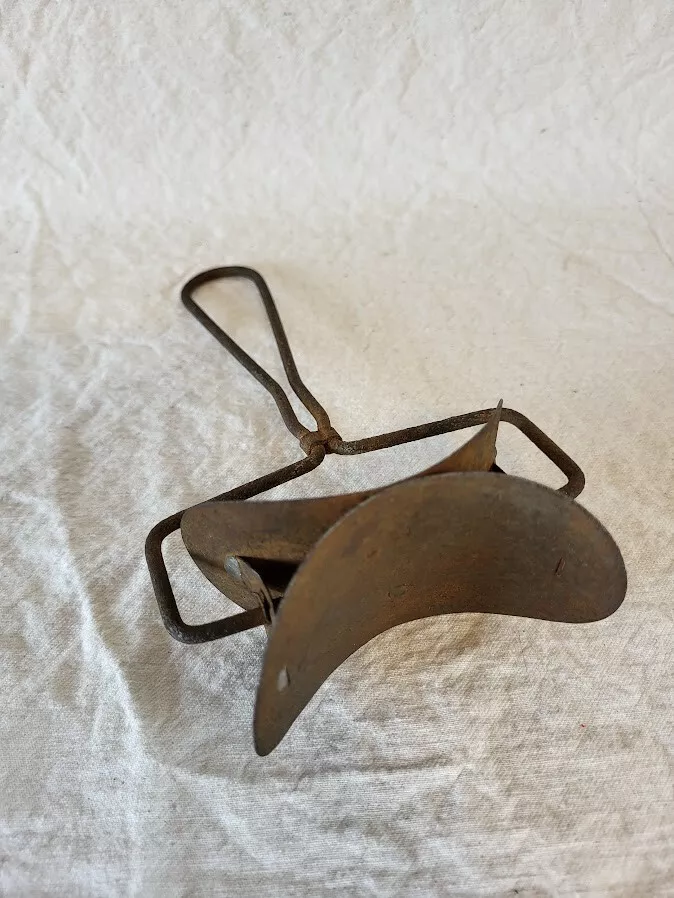
One of the most endearing aspects of the rotating pastry cutter is its accessibility. Young bakers can use it to cut out cookie shapes with ease, while experienced bakers can rely on it for precise, consistent results. Its simplicity is part of its charm, making it a tool that transcends generations and skill levels.
The Art of Baking with Vintage Tools
Baking with vintage tools like the rotating pastry cutter adds an element of artistry to the process. Each tool tells a story, and using one is a way to honor the history of baking and the legacy of those who came before us. The rotating cutter, with its familiar click and smooth motion, brings a sense of nostalgia to the kitchen that no modern gadget can replicate.
Why Vintage Baking Tools Are Making a Comeback
As more people embrace the value of handmade goods and slow living, vintage tools are finding their way back into kitchens. These tools represent a connection to a time when baking was about more than just the end result; it was about the experience, the ritual, and the love poured into each creation. The rotating pastry cutter is a perfect example of a tool that adds both beauty and functionality to the kitchen, making it a cherished item for bakers and collectors alike.
Conclusion: A Timeless Treasure in the World of Baking
The vintage rotating pastry biscuit cutter circle maker is more than just a kitchen tool—it’s a piece of history, a symbol of tradition, and a testament to the timeless joy of baking. With its rich legacy, practical use, and nostalgic charm, this delightful gadget continues to inspire bakers of all ages. Whether you’re using it to craft homemade biscuits or simply admiring it as a collector’s item, the rotating cutter serves as a reminder of the enduring beauty of handmade creations and the simple pleasures of baking from scratch.

